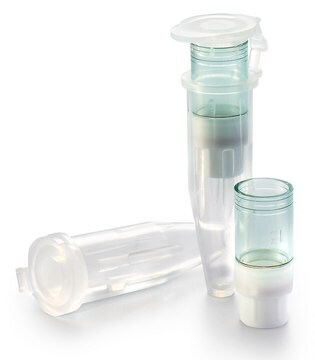28-2940
Hydroxyde de sodium
JIS special grade, ≥96.0%
Synonyme(s) :
"Soude caustique"
About This Item
Produits recommandés
Qualité
JIS special grade
Densité de vapeur
>1 (vs air)
Pression de vapeur
<18 mmHg ( 20 °C)
3 mmHg ( 37 °C)
Essai
≥96.0%
Forme
pellets
Disponibilité
available only in Japan
Pf
318 °C (lit.)
Solubilité
water: ~1260 g/L at 20 °C
Densité
2.13 g/cm3
Chaîne SMILES
[OH-].[Na+]
InChI
1S/Na.H2O/h;1H2/q+1;/p-1
Clé InChI
HEMHJVSKTPXQMS-UHFFFAOYSA-M
Vous recherchez des produits similaires ? Visite Guide de comparaison des produits
Catégories apparentées
Application
- Facile Synthesis of Carbon Dots from Amido Black 10b for Sensing in Real Samples.: This study presents a simple synthesis method for carbon dots using Amido Black 10b, with applications in sensing. The researchers demonstrated the utility of these carbon dots in real sample analysis, highlighting their potential in environmental monitoring and biomedical applications. (Li et al., 2022).
- Multiple chemical modifications and Cd(2+) adsorption characteristics of sludge-based activated carbon.: The research explores various chemical modifications of sludge-based activated carbon and its effectiveness in adsorbing cadmium ions (Cd(2+)). Sodium hydroxide was used in the modification process, enhancing the material′s adsorption capabilities. This study is relevant for environmental cleanup and water treatment applications. (Chen et al., 2022).
- Characterization of ligno-cellulosic fiber extracted from Atriplex halimus L. plant.: This study characterizes ligno-cellulosic fibers extracted from Atriplex halimus using sodium hydroxide. The results show the potential of these fibers in biocomposites, contributing to sustainable material development. (Belouadah et al., 2021).
- Monitoring the extraction of copper from chicken dung leachate using an aluminium electrode as an indicator.: The research focuses on the extraction of copper from chicken dung leachate, using an aluminium electrode for monitoring. Sodium hydroxide is employed in the leachate treatment process, showcasing its role in resource recovery from agricultural waste. (Kugeria et al., 2019).
- Coconut coir pith lignin: A physicochemical and thermal characterization.: This paper discusses the characterization of lignin from coconut coir pith, using sodium hydroxide in the extraction process. The findings are significant for the development of bio-based materials and the utilization of agricultural residues. (Panamgama et al., 2018).
Mention d'avertissement
Danger
Mentions de danger
Classification des risques
Eye Dam. 1 - Met. Corr. 1 - Skin Corr. 1A
Code de la classe de stockage
8A - Combustible corrosive hazardous materials
Classe de danger pour l'eau (WGK)
WGK 1
Point d'éclair (°F)
Not applicable
Point d'éclair (°C)
Not applicable
Faites votre choix parmi les versions les plus récentes :
Déjà en possession de ce produit ?
Retrouvez la documentation relative aux produits que vous avez récemment achetés dans la Bibliothèque de documents.
Notre équipe de scientifiques dispose d'une expérience dans tous les secteurs de la recherche, notamment en sciences de la vie, science des matériaux, synthèse chimique, chromatographie, analyse et dans de nombreux autres domaines..
Contacter notre Service technique

